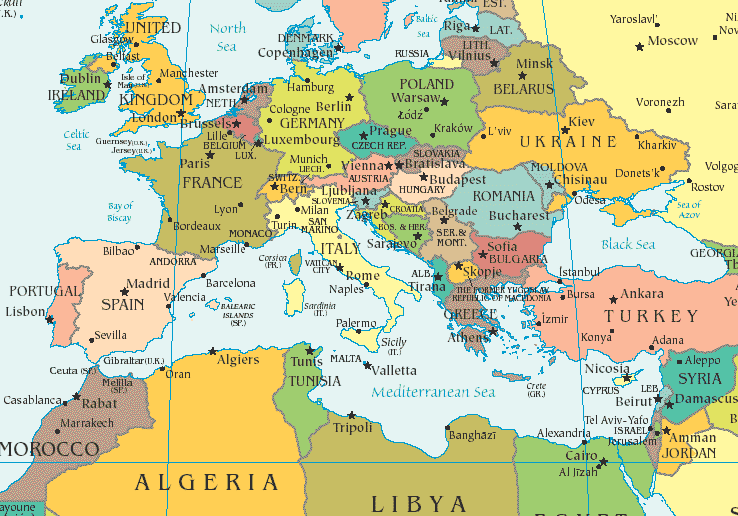Awesome! /s

Posted on 06/06/2012 10:24:14 PM PDT by smokingfrog
Bertrand Piccard, a 54-year-old Swiss psychiatrist and balloonist, landed Solar Impulse at 11.30pm (2230 GMT) under a full moon at Rabat Sale airport where he was welcomed by officials of the Moroccan Solar Energy Agency (MASEN).
Big marquees had been erected near the airport for the organizers of the flight, shown live on the site solarimpulse.com.
The plane was to stay in Rabat for five days before taking off for Ouarzazate in the south of Morocco for the launch by King Mohammed VI of construction of the largest-ever solar thermal plant.
As he got out of the aircraft, the pilot looked exhausted after the nearly 19-hour flight but was smiling. A special terminal had been set up by the Moroccan airport authorities with a large police presence.
Dozens of people, including flight organisers and Moroccan officials, gathered at the runway to witness the historic touchdown.
Piccard had taken off from Madrid's Barajas airport before dawn at 5.22am (0322 GMT) in the Solar Impulse, an aircraft as big as an Airbus A340 but as light as an average family car.
"For one hour I had the full moon on my right and I had the sunrise on my left and that was absolutely gorgeous," Piccard told AFP in an interview from the cockpit shortly after setting out.
"I had all the colours of the rainbow in the sky and also on the ground."
After more than 10 hours' flight, Piccard had climbed to more than 5,500 metres (18,000 feet).
Flying at some 45 kilometres (28 miles) per hour in the freezing, high altitude, he needed an oxygen mask to breathe.
An onboard video camera relayed images of the distant patchwork of fields and valleys stretched out below the aircraft, which has 12,000 solar cells in the wings turning four electrical motors.
(Excerpt) Read more at thelocal.ch ...

You know why homer was exhausted?
He prolly spent 19 hours trying to prevent the wings from coming off.
I thought this was a story about a man planning a flight to the Sun. :(
My mistake, they never say what the distance of the flight was.
Unless I missed it.
2500 Kilometers
1553 miles
Cruise speed is 43 mph.
Humongous light craft.
No idea how much it could carry in passengers or cargo. I get the idea that there was no capacity to spare, even under bright clear skies. Still, why couldn’t photovoltaics be used to help ease the fuel usage of conventional aircraft that commonly fly above the clouds? As in lightening the load on generators? It needn’t be anywhere close to a total solution to be useful.

Talk about leisurely. Though this is airspeed, and doubtless this thing had a stiff tailwind on that course...?
Not bad.
I wonder what it costs?
I bet half the route or more was dependent on thermals
http://en.wikipedia.org/wiki/Military_glider
Hope it wasn’t too windy! That looks pretty frail.
Adding drag to wings and fuselage, flying off of wings and fuselage at inopportune times doing 400-500 MPH..........Just guessing.
I hate light craft in high lift areas.
Some folks love it.
I bet he picked up thermals of the Mts and ascended to a very high altitude and then used solar power to assist staying aloft across the Med
At any rate for all of my snarking... Bravo!
Of course this would mean with units that can be inlaid into the body and wings to create a smooth surface.
The 2500km figure is for the whole week...
The 19 hour journey being celebrated was only from Madrid to Rabat, which is 477 miles according to Google Maps.
That’s pretty pokey

Disclaimer: Opinions posted on Free Republic are those of the individual posters and do not necessarily represent the opinion of Free Republic or its management. All materials posted herein are protected by copyright law and the exemption for fair use of copyrighted works.